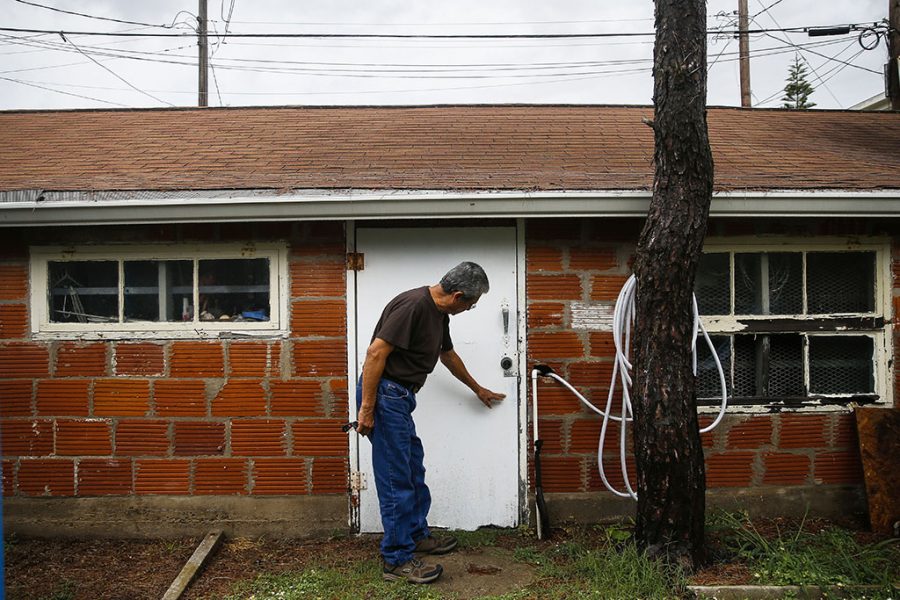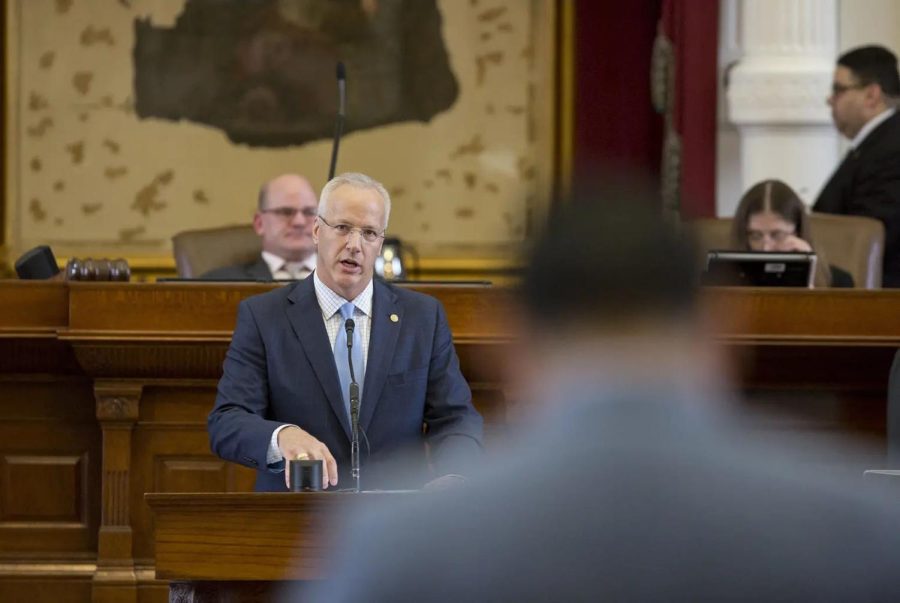HARVEY RICE
Houston Chronicle
GALVESTON, Texas — Lalo Ojeda has lived with hurricanes all his life.
The Houston Chronicle reports he was 14 when Hurricane Carla inundated Galveston Island in 1961. He evacuated as Hurricane Rita barreled toward the coast in 2005, then rode out the devastating Hurricane Ike in his Galveston home in 2008.
But Ojeda is watching the Atlantic hurricane season that begins Thursday with more concern than usual. The retired Coast Guard employee worries that rising sea levels could make the next hurricane more destructive than any he’s lived through.
“That’s really scary to me,” the 70-year-old said.
A study released in May shows that rising sea levels threaten to make storm surges more dangerous. It seems to reinforce Texas officials’ push for federal funding for a storm-surge barrier, or Ike Dike, to protect Galveston.
“Every storm surge today reaches higher because it starts from a higher level, because sea level is higher,” said study co-author Ben Strauss of Climate Central, a group of scientists and journalists dedicated to climate change awareness. “A small amount of sea-level rise can lead to an unexpectedly large increase in damages to most kinds of structures.”
Brian Streck, 62, a retired Galveston firefighter, has watched high tides creep into the streets around the house at the edge of West Galveston Bay where he has lived for 37 years.
He has no patience for climate-change deniers who doubt seas are rising.
“I’ve witnessed it,” Streck said.
High tides once flooded the streets around his home about twice a year. The flooding in the last decade has increased to a dozen times a year.
“I’ve considered selling this place because eventually I’m going to have a lake house,” he said.
The science of rising seas
Scientific studies have established an acceleration in sea-level rise because of a warming atmosphere. Coal and oil burning and the destruction of tropical forests have increased heat-trapping gases that have warmed the planet by 1.8 degrees since 1880. Earth has been losing 13,500 square miles of ice annually since 1979, according to the National Oceanic and Atmospheric Administration.
Sea levels are generally rising faster along the Texas Gulf Coast and the western Gulf than the global average, according to a January study by NOAA.
“The western Gulf is experiencing some of the highest rates of relative levels of sea-level rise in the country,” said NOAA oceanographer William Sweet, lead author of the study. “The ocean is not rising like water would in a bathtub.”
The rate of sea-level rise even under the lowest projection would increase the chances of severe flooding on the Texas Gulf Coast from storm surges or other causes from once every five years to once every two years by 2030 under the extreme projection, and 2060 under the low prediction.
“We’re not talking much longer than a mortgage cycle,” Sweet said. “I just bought a house, I’ve got a 30-year note. That’s 2047.”
By 2100, sea level is expected to rise between 1.3 feet and 31 feet, the NOAA study predicts; Galveston Island and most of the Texas coast would be swallowed up under the latter scenario.
Sweet said the lower levels were more likely, but added, “We ultimately don’t know how much heating will occur.”
He warned there was no guarantee rising sea level wouldn’t match the extreme prediction.
Widespread effects
The effects will be felt as far away as Austin, according to a recently released study by Mathew E. Hauer, who heads the Institute of Government’s applied demography program at the University of Georgia. Hauer’s study found that sea-level rise would force thousands from their homes along the Texas Gulf Coast as well as coastal areas nationwide.
The study estimates Houston and Austin each would absorb 250,000 refugees from sea-level rise by 2100.
The hardest hit would be Galveston County, where Hauer estimates 124,000 people could be forced from their homes. Rising water would force about 108,000 from their homes in Jefferson County, 42,000 in Brazoria County and 30,000 in Harris County, Hauer said.
The Climate Central study estimated 14,000 homes in Galveston could be inundated by sea-level rise.
Apart from sea-level rise, climate change is expected to cause hurricanes to be more intense and produce more rain, according to the NOAA.
“In our view, there are better-than-even odds that the numbers of very intense hurricanes (Categories 4 and 5, with winds of 130 mph or more) will increase by a substantial fraction,” according to an overview of research by NOAA scientists.
Ojeda said he learned the hard way during Ike that it’s important to prepare.
“I’m a true believer that you learn by your mistakes,” he said. “I told the wife to buy more canned goods, dry stuff.”
He owns two emergency generators after going for nearly two weeks without electricity after Ike.
If a major hurricane approaches, he plans to evacuate.
Said Ojeda: “If a 200 mph hurricane hits this island, there is not going to be (anything) left.”














